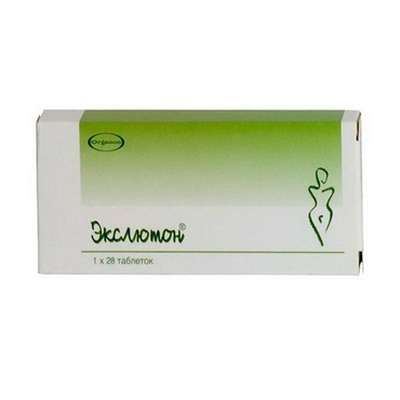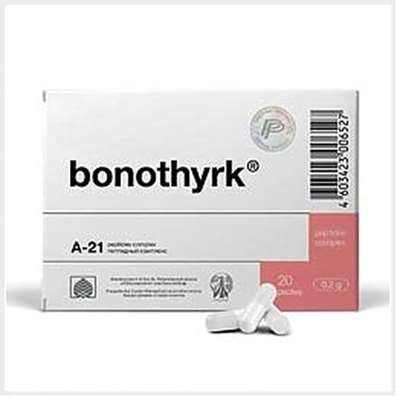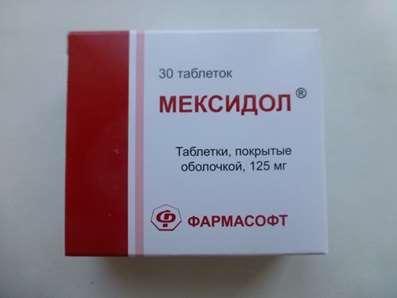Instruction for use: MIG 200
I want this, give me price
Active substance Ibuprofen
ATX code M01AE01 Ibuprofen
Pharmacological group
NSAIDs - Propionic acid derivatives
Nosological classification (ICD-10)
G43 Migraine
The pain of migraine, Migraine, hemiplegic migraine, Migraine headache, A migraine attack, Continuous headache, hemicranias
J11 Influenza, virus not identified
Flu, Influenza in the early stages of the disease, Flu in children, cold in the chest, Begins flu-like condition, Acute disease parainfluenza, parainfluenza, parainfluenza state, influenza epidemics, The pains of the flu, Influenza
K13.7 Other and unspecified lesions of oral mucosa
Aspirin burn of the oral mucosa, Gum pain when wearing dentures, Inflammation of the mouth, Inflammation of the oral mucosa, Inflammation of the oral mucosa after radiation therapy, Inflammation of the oral mucosa after chemotherapy, Inflammation of the oral mucosa, Inflammation of the mucous membranes of the mouth, Inflammatory diseases of the oral cavity, Inflammatory process of pharynx, Disease of the oral mucosa, Injuries to the oral cavity and larynx, Injuries of the oral mucosa, Trophic diseases of the oral mucosa, Erosive-ulcerative periodontal disease, Erosive-ulcerative lesion of the oral mucosa, Erotic mucous membrane of the oral cavity, Erotic-ulcerative periodontal lesions, Erotic-ulcerative lesions of the oral mucosa, Radio-epileleitis, Irritation from dental prostheses, Irritation of the oral mucosa with dentures and braces, Oral cavity, When wearing dentures
M05 Seropositive rheumatoid arthritis
Rheumatoid arthritis seropositive
M25.5 Pain in the joint
Arthralgia, Pain syndrome in musculo-articular diseases, Pain syndrome in osteoarthritis, Pain syndrome in osteoarthritis, Pain syndrome in acute inflammatory diseases of the musculoskeletal system, Pain syndrome in chronic inflammatory diseases of the musculoskeletal system, Pain in the joints, Soreness of the joints, Soreness of joints in severe physical exertion, Painful inflammatory joint damage, Painful conditions of the musculoskeletal system, Painful joint conditions, Painful traumatic affection of joints, Pain in the musculoskeletal system, Pain in Shoulder Joints, Pain in the joints, Joint pain, Joint pain with injuries, Musculoskeletal pain, Pain with osteoarthritis, Pain in the pathology of the joints, Pain in rheumatoid arthritis, Pain in chronic degenerative bone diseases, Pain in chronic degenerative joint diseases, Bone-joint pain, Joint pain, Arthritic pain of rheumatic origin, Articular pain syndrome, Joint pain, Rheumatic pain, Rheumatic pains
M79.1 Myalgia
Myofascial pain syndromes ,Pain syndrome in musculo-articular diseases, Pain syndrome in chronic inflammatory diseases of the musculoskeletal system, Pain in the muscles, Tenderness of muscles, Muscular soreness in severe physical exertion, Painful conditions of the musculoskeletal system, Pain in the musculoskeletal system, Pain in the muscles, Pain at rest, Muscle aches, Muscle pain, Musculoskeletal pain, Myalgia, Muscle pain, Muscle pain at rest, Muscle pain, Muscular pain of non-rheumatic origin, Muscle pain of rheumatic origin, Acute muscle pain, Rheumatic pain, Rheumatic pains, Myofascial syndrome, Fibromyalgia
M79.2 Neurology and neuritis, unspecified
Pain syndrome with neuralgia, Brachialgia, Occipital and intercostal neuralgia, Neuralgia, Neuralgic pain, Neuralgia, Neuralgia of intercostal nerves,Neuralgia of the posterior tibial nerve, Neuritis, Neuritis traumatic, Neuritis, Neurological Pain Syndromes, Neurological contractures with spasms, Acute neuritis, Peripheral neuritis,Post-traumatic neuralgia,Severe pain of a neurogenic nature, Chronic neuritis, Essential neuralgia
N94.6 Dysmenorrhea Unspecified
Pain during menstruation, Functional disorders of the menstrual cycle, Menstrual cramps, Emmeniopathy, Pain during menstruation, Painful menstrual irregularities, algomenorrhea, algomenoreya, Pain smooth muscle spasm, Pain spasm of smooth muscles (renal and biliary colic, intestinal spasms, dysmenorrhea), Pain spasm of smooth muscles of internal organs (kidney and biliary colic, intestinal spasms, dysmenorrhea), Disalgomenoreya, dysmenorrhea, Dysmenorrhea (essential) (Exfoliative), menstrual disorder, menstruation painful, metrorrhagia, Violation of the menstrual cycle, Menstrual irregularities, Prolaktinzavisimoe menstrual disorders, Prolaktinzavisimoe menstrual dysfunction, Pain spasm of smooth muscles of internal organs, Spasmodic dysmenorrhea, Primary disalgomenoreya
R50 Fever of unknown origin
Malignant hyperthermia, Hyperthermia malignant
R51 Headache
Pain in the head, Cephalgia, Pain with sinusitis, Pain in the back of the head, Painful headache, Headache of vasomotor genesis, Headache of vasomotor origin, Headache with vasomotor disorders, Headache, Neurological headache, Serial headache
R52.2 Other constant pain
Pain syndrome, rheumatic origin, Pain at vertebral lesions, Pain in the chamber, Pain for burns, Pain syndrome weak or moderate, Perioperative pain,Moderate to severe pain, Moderately or weakly expressed pain syndrome, Moderate to severe pain, Ear pain of otitis, Neuropathic pain, neuropathic pain
Composition and form of release
1 tablet, coated with a shell, contains ibuprofen 200 mg; in the blister pack 10 and 20 pcs.
pharmachologic effect
Pharmacological action - anti-inflammatory, antipyretic, analgesic.
It inhibits cyclooxygenase and blocks the biosynthesis of PG.
Pharmacodynamics
Analgesic effect is caused by a decrease in the intensity of inflammation and a decrease in algogenicity of bradykinin; anti-inflammatory - interference in various parts of the pathogenesis of inflammation (normalized by increased permeability, microcirculation processes, histamine, bradykinin and other inflammatory mediators are reduced, ATP formation is inhibited, which means that the energy of the inflammatory process is reduced, etc.); antipyretic - a decrease in the excitability of the heat-regulating centers of the intermediate brain.
Clinical Pharmacology
Well tolerated, less than aspirin, irritates the mucous membrane of the stomach.
Indications
Pain syndrome (headache, including migraine, joint pain of rheumatic origin, myalgia, toothache, disalgomenorrhea, neuralgia, sciatica), cold, flu (pain, chills, fever); other conditions accompanied by pain.
Contraindications
Absolute: hypersensitivity (including to aspirin and other NSAIDs); peptic ulcer of the stomach and duodenum; bronchial asthma due to aspirin. Relative: liver and kidney disease, chronic heart failure.
pregnancy and lactation
During pregnancy (especially in the last trimester) and lactation is used with caution and only after consulting a doctor.
Side effects
Dizziness, agitation, sleep disturbances, dyspeptic disorders (stomach pains, nausea), exacerbation of bronchial asthma, skin rash.
Interaction
Reduces the effect of vasodilators, diuretics, enhances - indirect anticoagulants.
Dosing and Administration
Inside, after eating, without chewing, with plenty of water. Adults and children over 12 years of age - in the initial dose of 2 tables, then (if necessary) - 1-2 tables. every 4-6 hours; the maximum daily dose is 6 tablets.
Precautionary measures
With caution appoint for diseases of the liver and kidneys, chronic heart failure. Against the background of other drugs (especially antihypertensive drugs, including diuretics, cardiac, anticoagulants), with diseases of the cardiovascular system and bronchial asthma; elderly and children under 12 years can only be used after consultation with a doctor.
Storage conditions for MIGŪ 200
In the dark place at a temperature of no higher than 30 ° C.
Keep out of the reach of children.
Shelf life of MIGŪ 200
3 years.
Do not use after the expiry date printed on the package.

 Cart
Cart





